Physical Address
Uttara, Dhaka
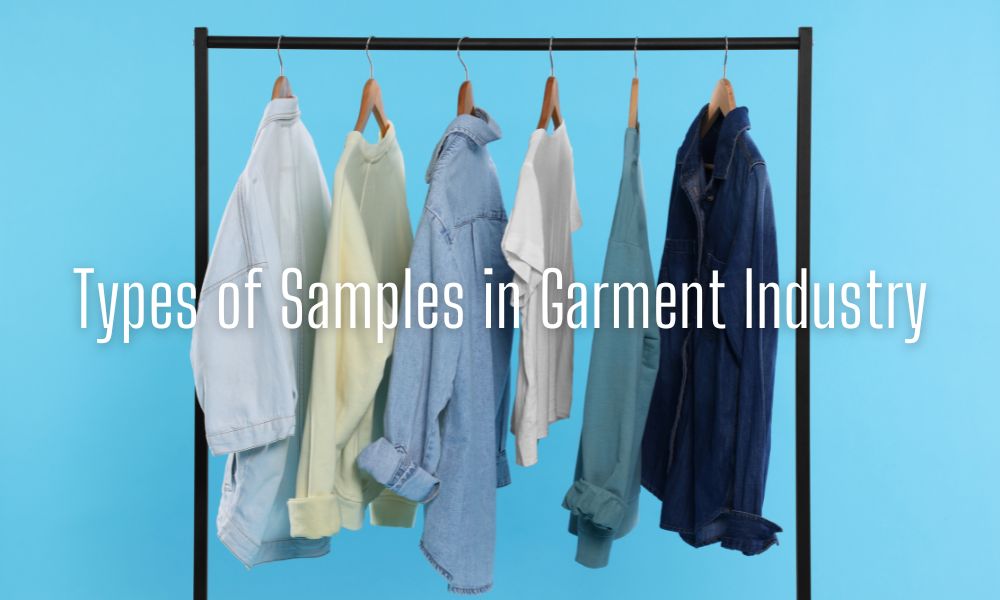
The sample is a product proto-type which represents a group of products or lot or bulk production, in order to assess their quality, style or design or any other characteristic of the product.
Sampling is a process of making a product proto-type prior to starting bulk production or pulling from bulk production to check the accuracy of bulk.
Sample develops from the design sketch or the design concept is known as proto sample. Proto samples are also known as the first sample.
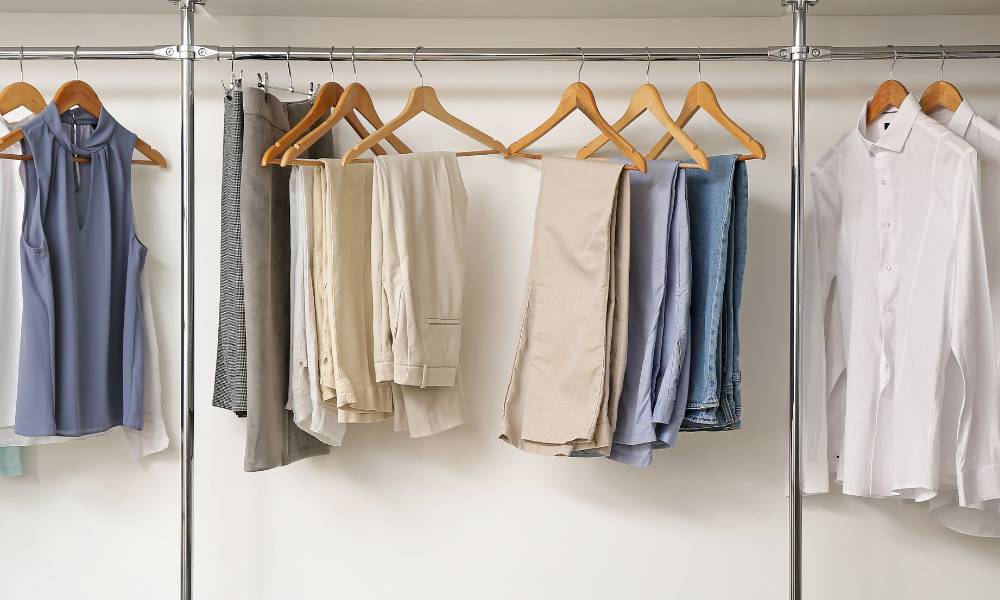
Sample develops according to the spec sheet measurement and design sketch.

To check the garment fit on the dummy or on the human model.
Different buyers call it by different names like:
M&S, call it CS sample. Next, call it as white seal. H&M, call it as fit sample.
After fit sample approval by the buyer, size set samples are normally made for jump sizes for pattern grading.
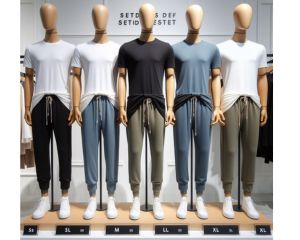
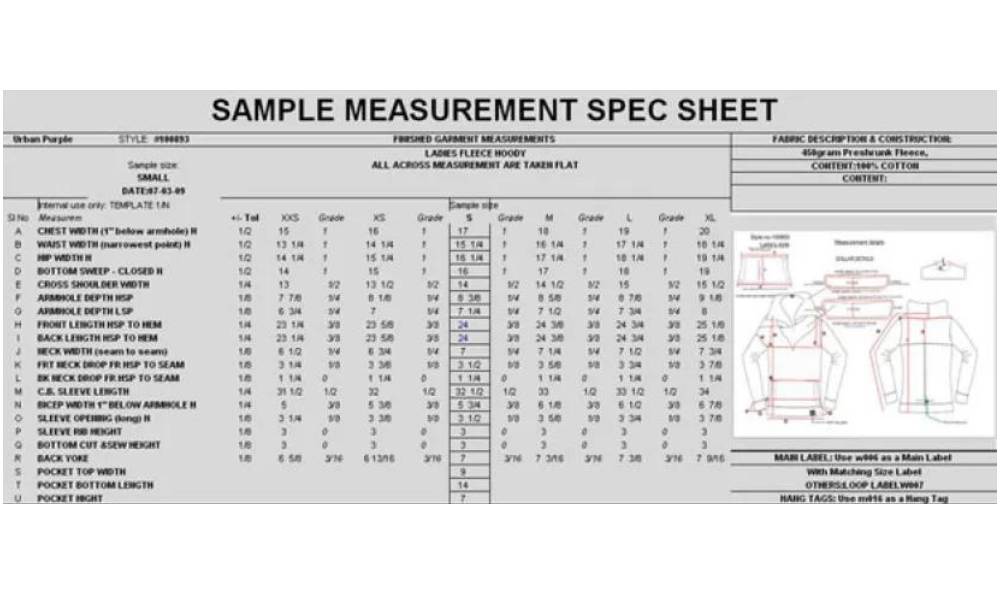
PP sample is made in garment factories prior to starting bulk production. PP sample is made with actual fabric, trims and accessories of the style.
It is called a sealed sample, red tag sample etc based on buyer terminology.
Samples taken from a production line on a random basis is called production sample.
Different buyers call it by different names like:
The sample that is collected from the bulk production and sent to a testing lab for garment performance test (GPT), is known as GPT sample.
Garment performance tests like seam strength, seam slippage, button pulling strength, Washing durability, print quality, chemical tests of metals, and dyed and printed colours are done.
Samples for capturing a photo for the catalogue and e-commerce sites are called Photo shoot/Press sample.
Use for photographing promotional material like collection campaigns for advertising, lookbooks, e-commerce and can be promoted to magazines for editorial photo shoots.
In garment sampling, the SMS sample stands for Salesman Sample which is displayed in the store to forecast the order volume.
A garment sample that is made on the software and shows the 3D form of the garment, is called a digital garment sample.
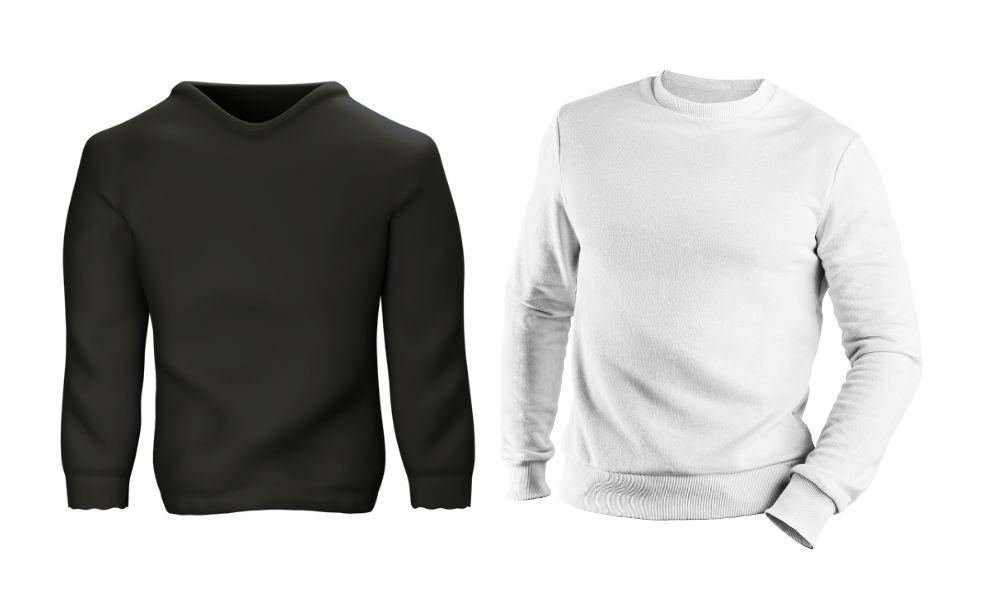
Samples which are discussed already every party should have one copy of sample which called the counter sample
If any party need to see a sample for meeting purposes, checking approval etc, they use their counter copy.
Buyers need to keep a random garment piece from the final shipment audit. This sample is referred for packing details, all detailing attached to the finished garment, that will be going to the buyers stores.
Shipment sample is kept by the buyer as well as by the factory for future reference if any complaint is raised by a customer regarding deviation of the product design and product detailing in the sold garment.
The purpose of sending shipment sample is to assure buyer that quality is maintained throughout the end of production.
A perfect sample is key to a garment factory’s success. It showcases your production skills, catches quality issues early, builds buyer trust, and sets you apart from competitors. Skimp on the sample, and you risk order rejection, rework delays, and a damaged reputation.